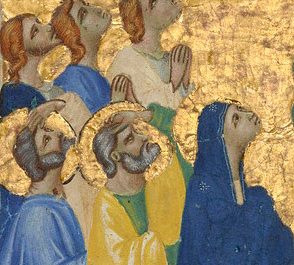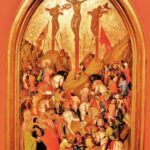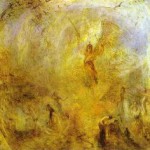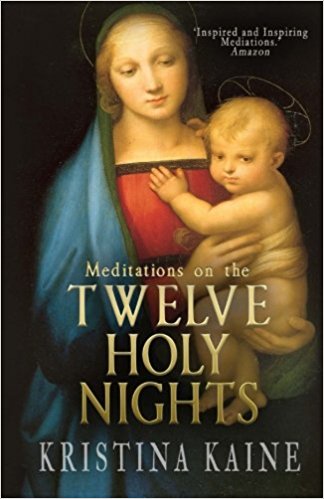Ascension to Pentecost, the Festivals of Self-birth
We experienced the Ascension of Christ on May 5, 2016 and we are now preparing for Pentecost on May 15. These are invisible events to the physical eye but need not be invisible to us if we penetrate into them with some spiritual insight.
This is how St Luke describes the Ascension.
“And it came to pass, while he blessed them, he was parted from them, and carried up into heaven.” Luke 24:51 KJV
Kai egeneto en ho eulogein auton autos dieste ap auton kai anephereto eis ton ouranon
If we look into the meaning of these Greek words, egeneto refers to a birth in the way we give birth to things. The Christened Jesus, who has accompanied the disciples in his etheric body, his life-force, since the crucifixion, is birthing himself into another dimension.
Each of the words Luke uses refers to this kind of birthing. Dieste means to separate, to disjoin, stand apart. Anephereto means to lift oneself. Jesus births himself out of the disciples consciousness, freeing them for a new experience.
Until the time of Jesus our spiritual wellbeing was taken care of by elders and spiritual beings. We were guided by them and subject to them. Now we are shown the ways in which we can take responsibility for ourselves. Never before in the scheme of the Universe had such responsibility been given to human beings.
To achieve this we must first be in the state of blessing, eu-logos; eu means acting well, and logos is the creative word resounding in this universe keeping everything in order.
Then we birth ourselves, lift ourselves, into another dimension. We free ourselves from the blindness caused by physicality and we become spiritually aware. Heaven is not a place up there somewhere, heaven, ouranos means rising, elevating our consciousness, which we can do with our feet on the ground.
This birthing process prepares us to receive the Holy Spirit at Pentecost.
The Ascension of Christ from the Laudario of Sant’Agnese, about 1340, Pacino di Bonaguida.









